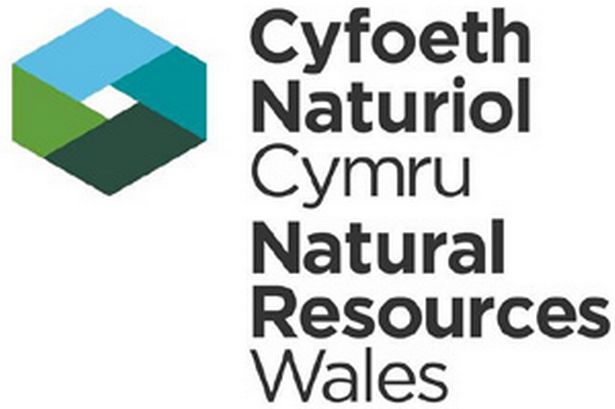Marine heatwaves are getting increasingly more frequent and lasting longer durations, increasing in frequency by 50% in the last 10 years (IUCN, 2021). They pose threats to all life on Earth. A marine heatwave is a short period of abnormally high temperatures caused by global warming, initiated by humans, and ocean currents, building warm areas of water. Within the last 100 years, the average ocean temperature has increased by 1.5°C, affecting the Arctic and tropical regions the most.
There are three major impacts of marine heatwaves: extreme weather, changes to the ocean, and organism changes, including species loss and habitat destruction. Extreme weather changes include an increase in rain via hurricanes, floods, and tropical storms, as well as a major decrease in rain causing droughts and wildfires. Oceanic changes such as acidification, stratification, and deoxygenation can have extreme effects on the organisms. Extreme weather and oceanic changes increase the likelihood of toxic algal blooms, which also in turn impact the likelihood of a marine heatwave occurring (NOAA Fisheries, 2020).
Organisms and habitat changes can be devastating. Natural migration routes may change, food availability decreases disrupting the food web, and the compression and mortality of corals and seagrass can also affect the organisms living there. Overall, the species living in areas affected by marine heatwaves will typically die due to food reduction, habitat loss, and the reduced ability to sustain a constant internal temperature (Smale, 2018).
Marine heatwaves also affect the economy. Fisheries and aquaculture are impacted by the loss of fish due to mass mortality, loss of rights to fish species, migration, and ecosystem losses leading to loss of fish leading to the loss of the industry (Smith et al., 2021). This can all also cause socioeconomic impacts, with less fish being available for human consumption (Holbrook et al., 2020).
Sadly, marine heatwaves cannot be stopped, however, they can be reduced by reducing global warming, reducing ocean acidification, stratification, and deoxygenation, along with protecting and restoring habitats.
References:
- Holbrook, N., Gupta, A., Oliver, E., Hobday, A., Benthuysen, J., Scannell, H., Smale, D. & Wernberg, T. (2020) Keeping pace with marine heatwaves. Nature Reviews Earth and Environment, 1, 482-493.
- IUCN (2021). Marine heatwaves https://www.iucn.org/resources/issues-briefs/marine-heatwaves. Last accessed 5th December 2021.
- NOAA Fisheries (2020) Record Marine Heatwaves Build Reservoir of Toxic Algae off the U.S. West Coast, New Study Reveals https://www.fisheries.noaa.gov/feature-story/record-marine-heatwaves-build-reservoir-toxic-algae-us-west-coast-new-study-reveals-0. Last accessed 5th December 2021.
- Smale, D. (2018). Ocean heatwaves are getting longer and more intense https://www.smithsonianmag.com/science-nature/ocean-heatwaves-longer-more-intense-180969221/. Last accessed 5th December 2021.
- Smith, K., Burrows, M., Hobday, A., Smale, D., Gupta, A., Moore, P., Thomsen, M. & Wernberg, T. (2021) Socioeconomic impacts of marine heatwaves: Global issues and opportunities. Science, 374(6566).
Harriet Goodchild– Research Intern

























